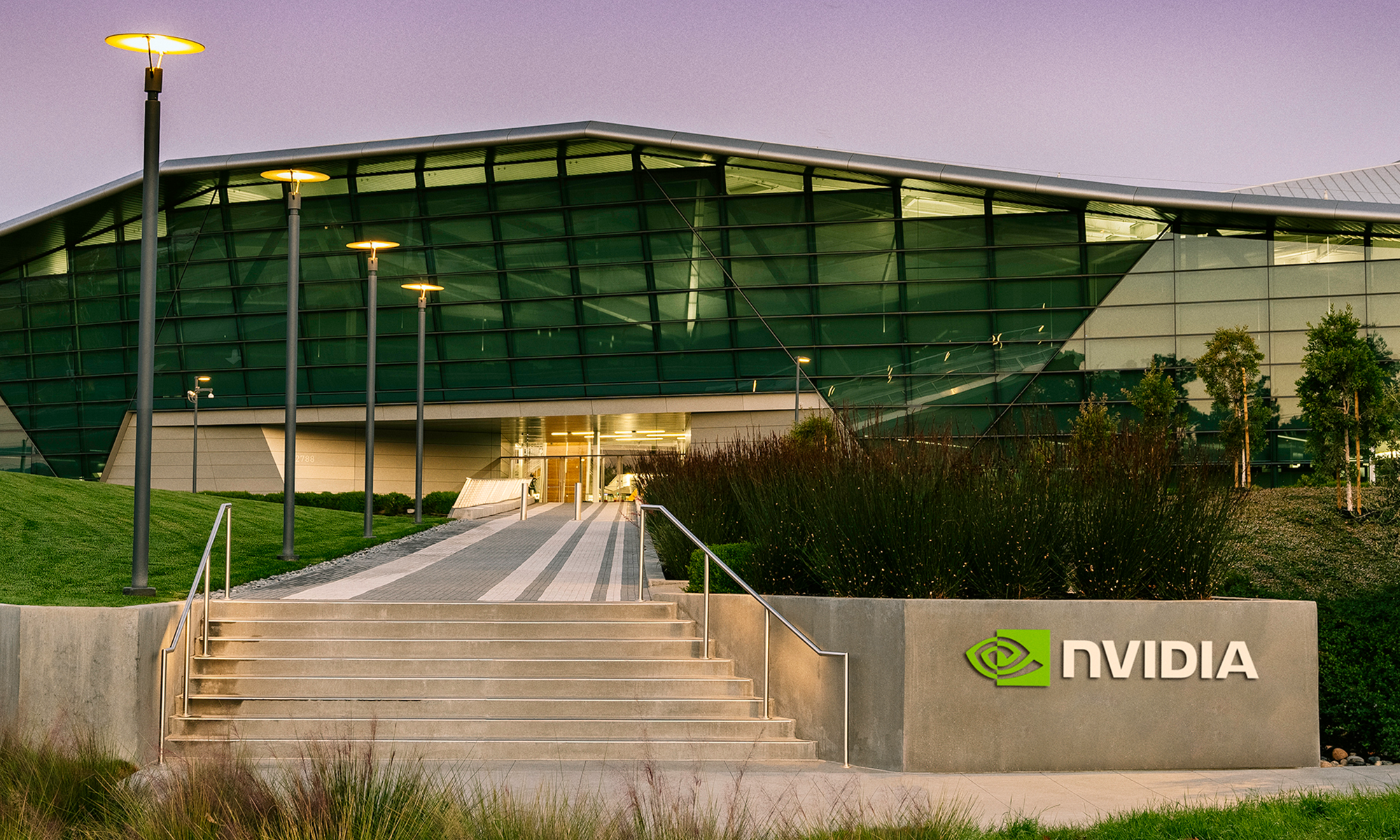China shocked the tech world when AI start-up DeepSeek released a new large language model (LLM) boasting performance on par with ChatGPT's -- at a fraction of the price.
Here's what you need to know.

Image source: Getty Images.
First things first: What's DeepSeek?
DeepSeek is a fairly new Chinese artificial intelligence (AI) company. Beginning as part of Liang Wenfeng's quantitative hedge fund, High-Flyer, DeepSeek acquired 10,000 Nvidia (NVDA +1.09%) A100 chips in 2021 and began training an LLM. DeepSeek set up shop independently in 2023, according to data from S&P Global Market Intelligence.

NASDAQ: NVDA
Key Data Points
By November of last year, DeepSeek was ready to preview its latest LLM, which performed similarly to LLMs from OpenAI, Anthropic, Elon Musk's X, Meta Platforms, and Google parent Alphabet. This open-source model, R1, specializes in solving complex math and coding problems. DeepSeek released another model, V3, in December. When people talk about DeepSeek today, it's these LLMs they're referring to.
What's different about DeepSeek?
The cost is what's different. Western companies have spent billions to develop LLMs, but DeepSeek claims to have trained its for just $5.6 million, on a cluster of just 2,048 Nvidia H800 chips.
And DeepSeek completed training in days rather than months.
How'd it do that?
DeepSeek invented new tricks to cut costs, accelerate training, and work around its limited access to Nvidia chips. The company omitted supervised (i.e., human) "fine-tuning," for example, a process in which a pre-trained LLM is fed additional data to help it better answer specific kinds of questions. It hired new engineering graduates to develop its model, rather than more experienced (and expensive) software engineers.
Crucially, DeepSeek took a novel approach to answering questions. Instead of searching all of human knowledge for an answer, the LLM restricts its search to data about the subject in question -- the data most likely to contain the answer.
The Wall Street Journal explains it this way:
Imagine the earlier versions of ChatGPT as a librarian who has read all the books in the library. ... When asked a question, it gives an answer based on the many books it has read. This process is time-consuming and expensive. It takes electricity-hungry computer chips to read those books. DeepSeek took another approach. Its librarian hasn't read all the books but is trained to hunt out the right book for the answer after it is asked a question.

Image source: Getty Images.
Cue the conspiracy theories
All of this should add up to a cheaper LLM, one that requires fewer chips to train. Yet the sheer size of the cost differential has conspiracy theories flourishing. DeepSeek may have only a few thousand chips at its disposal, but did it perhaps access computing power from sources it doesn't control -- like the Chinese government? Or perhaps DeepSeek has more chips than it's admitted to.
Or -- here's the latest theory -- DeepSeek may have piggybacked on other AIs to develop its LLM. OpenAI says it sees "indications" that DeepSeek "extricated large volumes of data from OpenAI's tools to help develop its technology, using a process called distillation" -- in violation of OpenAI's terms of service.
Supporting this theory, when DeepSeek answers certain queries, it refers to itself as ChatGPT.
What happens now?
The U.S. government recently announced the launch of Project Stargate, a $500 billion initiative, in cooperation with OpenAI, Oracle, and Japan's SoftBank. The initiative's purpose is to turbocharge AI infrastructure in the U.S. But the announcement was made before DeepSeek crashed onto the stage and wiped out $1 trillion in market capitalization from U.S. AI and AI infrastructure stocks.
Many investors now worry that Stargate will be throwing good money after bad and that DeepSeek has rendered all Western AI obsolete. I think that's a bit of an overreaction.
Consider that Sam Altman, the CEO of OpenAI, which is now DeepSeek's biggest competitor, called DeepSeek "impressive" last week and expressed excitement at the prospect of competing with a worthy opponent. Nvidia hailed DeepSeek's "excellent AI advancement."
U.S. AI companies aren't going to simply throw in the towel now that China has built a cheaper mousetrap -- especially when that mousetrap is open-source. They're going to reevaluate how they do AI, retool their approach, and improve how they use their vastly greater access to high-powered AI semiconductor chips.
I expect this to lower the cost of AI in general. And as we've seen throughout history -- with semiconductor chips, with broadband internet, with mobile phones -- whenever something gets cheaper, people buy more of it, use it more, discover more uses for it, and then buy even more of it. (Tech investors call this the Jevons paradox after 19th-century English economist William Stanley Jevons, who observed this relationship between falling cost and rising usage with regard to coal.)
The same will be true for AI. U.S. artificial intelligence companies will improve with greater competition from DeepSeek. Nvidia will continue selling lots of computer chips as new uses are discovered for cheaper AI. Power companies will continue opening nuclear plants to power all these uses.
And the world will get wealthier. For all these reasons, DeepSeek is a good thing. Don't fear it. Embrace it.





